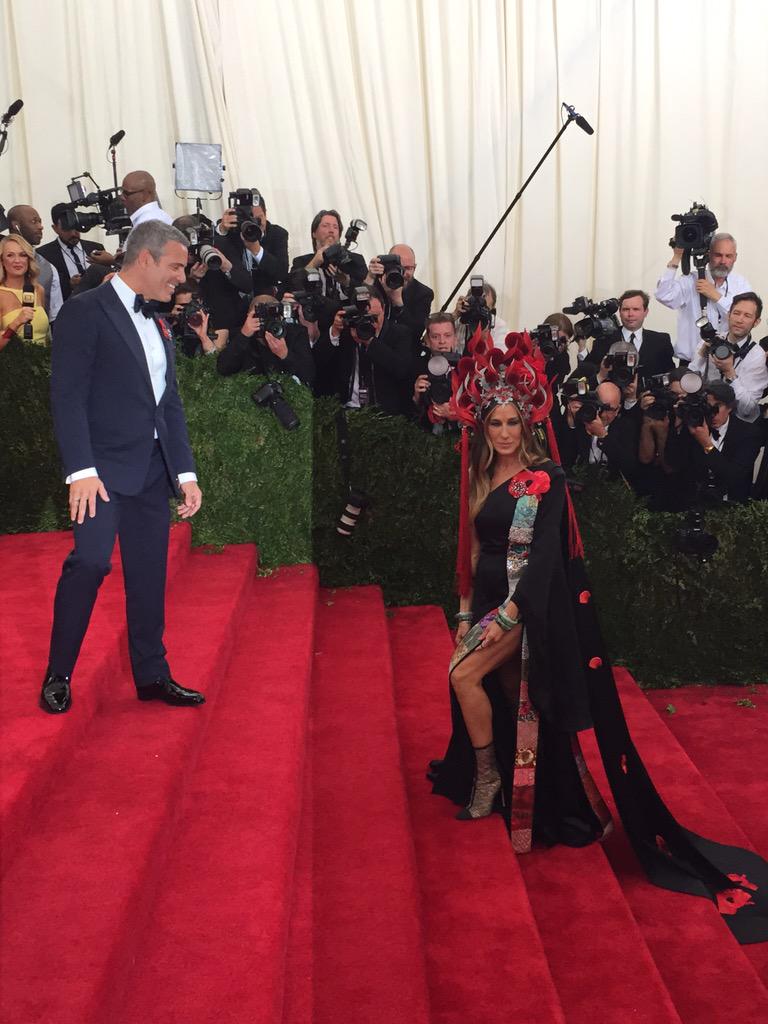 |
| Picture: Google |
Art criticism is too often too uncritical, but writing about museums and galleries is an especially hagiographic genre. I enjoyed Jonathon Conlin's well-received history of the National Gallery, The Nation's Mantelpiece, but it's very much an establishment history. Stewards of the Nation's Art by Andrea Geddes Poole dishes some dirt. It's a fascinating account of institutional politics on the boards of the National Gallery, National Portrait Gallery, Tate and Wallace Collection between 1890 and 1939, full of great anecdotes that are unreported in the more sanitised official accounts.
Geddes Poole remorselessly documents the failings of the Trustees, which were astutely noted by the Treasury. Treasury official R.S. Meiklejohn is quoted, "I have been told on good authority that one of the Trustees had never heard of Mantegna, another was ignorant of Masaccio, two of them seeing a photographic reproduction of Titian's Bacchus and Ariadne were surprised to learn that the original was in the National Gallery" (p.166, quoting from National Archives T1/11995, Meiklejohn to T.L. Heath 27 June 1916). A number of trustees are revealed as ignorant, bullying philistines.
The future King Edward VIII was briefly a trustee of the National Gallery, and I'd heard that he was somewhat disengaged. But I had no idea that the NG acceded to his request to borrow a few pictures for his own house - which he proceeded to re-frame! It seems only by good fortune that the original frames were found in a bedroom. It's a great story that she tells well, highlighting the dereliction of duty by the board.
The research is compelling, but the narrative is spoiled by Geddes-Poole's heavy-handed use of Pierre Bordieu's ideas about cultural capital to tell a version of the well-worn story about declining aristos versus the ascendant middle class. It's hard to justify such a broad claim on a tiny sample of connected individuals who served on museum boards. The evidence is anecdotal, and there isn't enough to convince that we're seeing anything more than the usual frictions of office politics. Moreover her unconcealed preference for commoners against aristocrats causes her to judge the self-serving dealer Joseph Duveen too generously, and to glide over many exceptions to the 'rule'. It's implied that Kenneth Clark was an especially effective Director of the NG because he managed the board so well, but on the other side was ongoing strife with the staff, which is discussed in Conlin's book.
Geddes Poole writes that, "Noting the disparities between the two varieties of cultural capital (inherited and educationally acquired) helps to illuminate the divide between the amateur and the professional. As professional expertise rose in value at the Treasury and in the director's chair, aristocrats on the board found their cultural capital devalued and their authority threatened." (p. 219) That's a rather highfalutin way of saying that some people got onto the board because of who they were, others for what they knew - but it's not really such a clear-cut distinction. Some aristos knew a lot about art, and some commoners had inherited a lot of money and social cachet. The comment about threatened authority is question-begging. The more interesting question is how professional expertise in art emerged and became valued, but that is assumed rather than explained.
She claims that "the value of amateur connoisseurship was about much more than knowledge or taste. The issues concerned power and authority and were fraught with implications for an aristocracy in the process of being eclipsed by an emerging professional class" (p. 219) This is lazy writing. What does "fraught with implications" mean? What implications? It's just left hanging, and we're expected to nod obligingly at the impossibly vague claim that important things are happening in the background.
The book is also marred by a profusion of errors. In one sentence she misspells three artists ('Wouvermand', 'Tenier', 'Van Dyke' p.143). It's Fra Filippo Lippi not Fra Lippo Lippi (p.196), unless she means the poem by Browning rather than the artist. Ingres painted Madame Moitessier not Madame de Moitessier. She mentions "a rare Cima da Conegliano head of St Jerome" purchased for the NG by Clark (p.183). There is a Cima St Jerome at the NG, but it's not just a head and it wasn't bought by Clark. I simply don't know what she could be referring to. She describes Titian's Diana and Calisto (sic) as the less (sic) good of three Titians, when the Venus Anadyomene is clearly the least good (wrong on grammar, spelling and art, p.142). She weirdly judges Sir Philip Sassoon's collection insignificant because "it was too diverse and did not concentrate on period, artist or country" (p. 25, a judgment repeated on p.200) - so I guess collections like Thyssen's and Frick's must be trivial too.
The thesis doesn't convince, the social theory is a distraction and the carelessness rankles. But I truly recommend the book. There's a wealth of fascinating information, if you can tolerate its failings.

